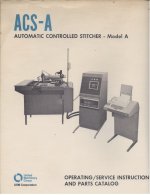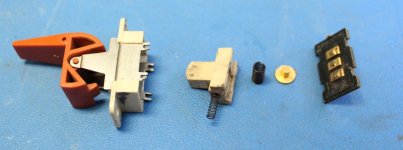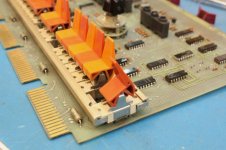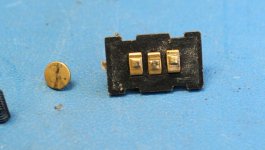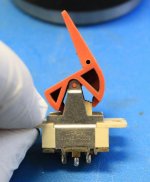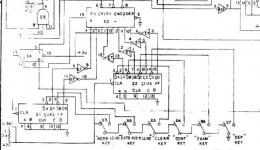NF6X
Veteran Member
@NF6X:
Congratulations on your purchase!
I'm in Chino Hills, so if you want to troubleshoot by board swapping, just let me know.
Hi! I'm happy to know that there's another DEC collector nearby. I'm near Lake Mathews. Do you have any use for a Wyse 350 color dumb terminal? I got it as part of a "free for pickup" deal, and it's not the piece of the pile that I wanted. I'm up to my eyeballs in the junk I keep buying, so I'd like this terminal to move to a new home.

